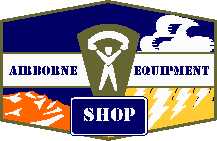Cargo 747 "Air-Mech" of M113A3 Gavin, and M8 Buford/Thunderbolt/Tracer tracked AFVs for U.S. Army to have decisive, operational maneuver & reinforcement capabilities
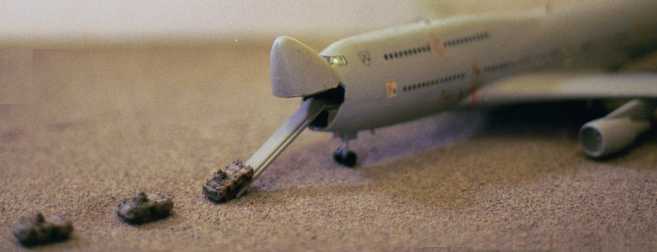
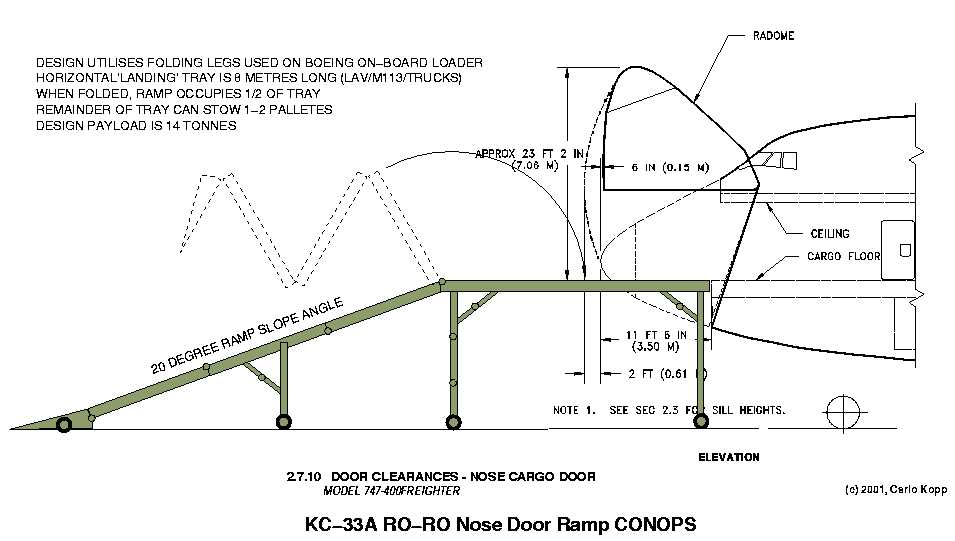
EXCLUSIVE REPORT: Australian Aerospace Expert Dr. Carlo Kopp details why the combination tanker/cargo KC-25 conversion of existing 747s (and new KC-33s) sitting unused in the southwest USA provide greater military capabilities than buying expensive and smaller 767s that cannot airlift Army tanks nor fuel as many aircraft:
www.combatreform.org/APA-2005-02.pdf
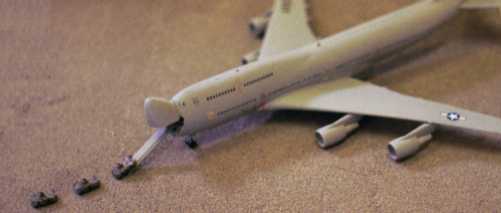
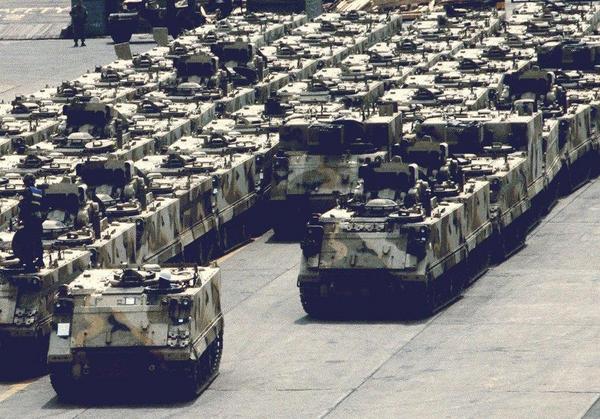
NEW SLIDE SHOW!! Airlift vs. Sealift: The Myth of "High Speed" Sealift Catamarans
Real World Need Ignored With Tragic Consequenses in Iraq
When the 3rd Infantry Division Took Baghdad International Airport on April 3, 2003 there were no marines, no Army helicopters overhead for observation/attack, no Stryker brigades and no USAF C-130s or C-17s to deliver any reinforcements to them. Their rubber-tired Humvee scout sections could not move in front of them to recon the way ahead because they would simply not survive any contact with the enemy. So much for the pre-war claims that these parts of the U.S. military would come through in a pinch! The 3rd ID had to "thunder run" and take Baghdad to collapse the Saddam regime all by themselves with their tracked armored fighting vehicles (TAFVs) shooting their way in and providing unstoppable, tracked armored mobility to overcome any obstacles in their path.
They needed additional TAFVs flown in by cargo 747s on that day to reinforce their hold on south Baghdad and help "thunder run" to secure the rest of their western half of Baghdad. Since USMC was tardy in vulnerable trucks; a rapid reinforcement by cargo 747s of a brigade of M113 Gavin/M8 Buford/Tracer/Thunderbolt light tanks could have enabled us to fan out east and take over the marine's sector of Baghdad and perhaps get some or all of Saddam's subordinates BEFORE they could start a guerrilla war against us which so far has killed over 4, 000 and wounded 30,000 of our men--with the toll rising each day.
747s CAN land on short runways!
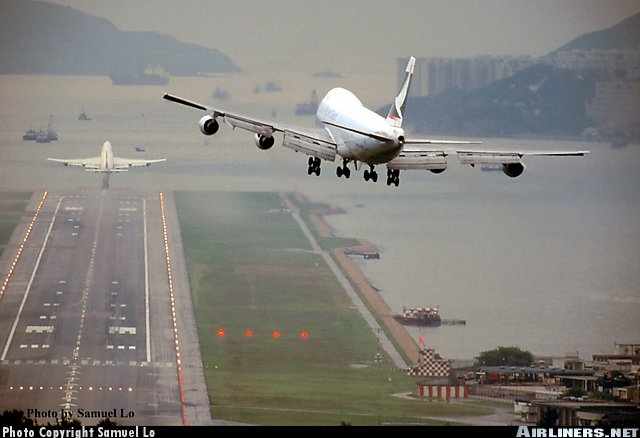
Photos courtesy of Sam Lo and airliners.net
Some nay-sayers with a hidden agenda to keep our Army from being ready to warfight and win by having our own cargo 747s pre-loaded with light tracks will cite the fact that 747s are not Short Take Off and Landing (STOL) aircraft. True, but there are plenty of runways all over the world that CAN accept 747s landing and taking off. We at 1st TSG (A) are outspoken advocates of having the forced-entry forces of our Army able to parachute airdrop with light tracks from USAF aircraft with T-tails and rear ramps to effect decisive 3D maneuver. Cargo 747s brigade sets would be for follow-on forces. We cannot wait on the USAF to collect its airlifters from all over the world to get America's Army from point A to B.
Hong Kong's Kai Tak's "Runway 13"
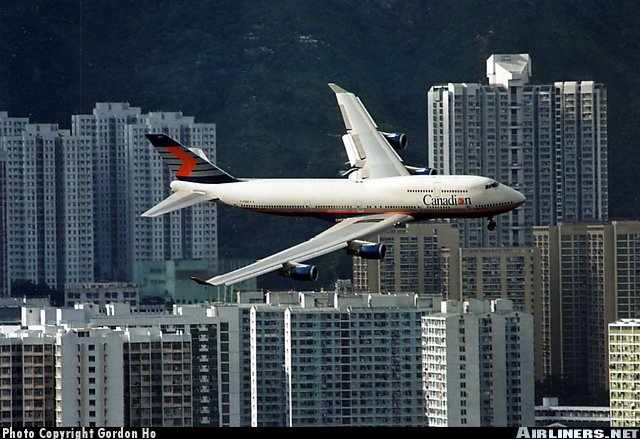
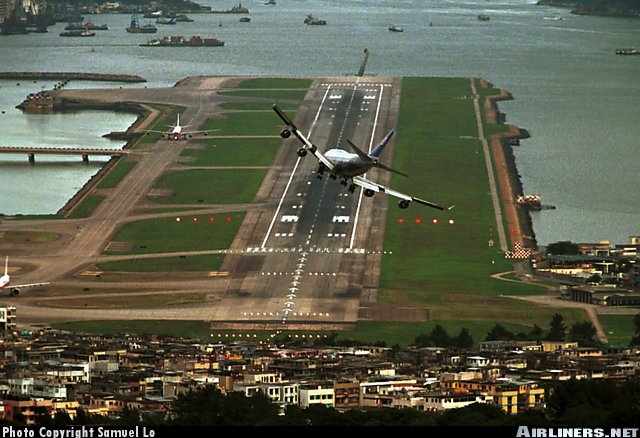
www.gov.hk/cad/english/kaitak.html
Was just 8, 300 feet long and it handled 747s for years until 1975.
2529.000 metre [m] equivalent to: 8297.14320 foot [ft]
In 1975, it was lengthened to 11, 122 feet until closed in 1998.
3390.000 metre [m] equivalent to: 11121.91200 foot [ft]
Here is an animation of what it was like to land a 747 onto Runway 13.
www.cpavirtual.org/Files/Videos/BIGKaiTak.wmv
These power point slides show how the U.S. Army can best utilize widely-available cargo 747 jets to gain world-wide strategic mobility, creating a "winged Army Prepositioned Set" (APS-6) of light tracked armored fighting vehicles. Either as an Interim Brigade Combat Team (IBCT) or a brigade set of TAFVs available to any unit that needs them. APS-6 would be based on light, compact, low floor pressure, light tracked AFVs can fly in cargo 747s (wheeled LAV-III/Strykers can't) to meet 96-hour air-deployment goals. The Army Science Board (ASB) has long advocated that cargo 747 air-transportable vehicles be used by the Army to gain strategic mobility. The entire U.S. Army can have 2D/3D Air-Mech-Strike capabilities at a fraction of the cost of a handful of less-capable, vulnerable LAV-III/Stryker trucks for its combined-arms brigades, and light infantry units. Having every Delta "Dragoon" Weapons company or Anti-tank, S&T platoon in every light infantry battalion replace their vulnerable Humvee and FMTV trucks for M113 Gavin TAFVs would create the track commanders and drivers needed to operate the APS-6 Gavins. Having the modularity RSTA squadron equipped with Gavins and Buford/Thunderbolt/Tracer AGS light tanks instead of flimsy Humvee trucks would also enable APS-6 utilization in time of war. The Russians were able to rapidly seize both Czechoslovakia in 1968 and Afghanistan in 1979 via airlanding of light tracked AFVs en masse. Its high time the American Army get the same capabilities.
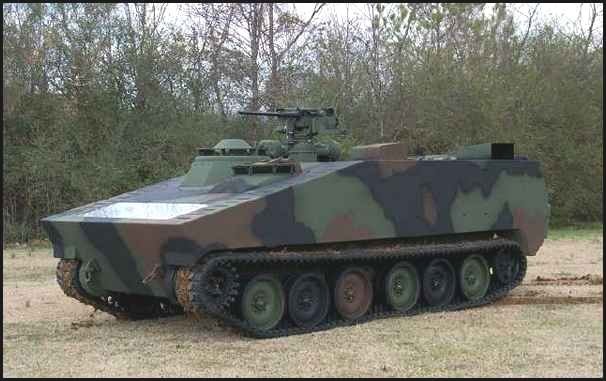
FEEDBACK!
itsg@hotmail.com
Carlton Meyer writes where the Australian Cargo/tanker 747 report is posted "down under":
www.ausairpower.net/APA-2005-02.pdf
One reader suggests buying cargo/tanker C-17s--the C-17 has NEVER crashed since entering USAF service in 1993!. A great plane. But can we afford them as cargo/tankers? He replies:
"I believe their production cost is down to $180M per.
I also believe the military could buy used 747s and convert them for
less, but I think this figure is competitive with new-build 747-400
Freighters. Flug-Revue notes that 'In late 2002, the 747-400ER list
price was in the range of maybe 200 - 211 million US-Dollars while the
747-400ERF sold at around 200 - 214,5 million US-Dollars'
And even if it was more expensive, I'd tolerate a certain amount of that
to keep the production line open for the new C-17 transports the USA
*WILL* need to produce as the bill for airframe hours wear comes due -
there's a line start-up cost that's not insignificant, and I'd add that
to whatever the 747 cost is before comparing.
The other consideration to throw in... the C-17 is not designed for
cruising at altitude the way the 747 is, so there's an operating costs
comparison too where the 747 will be superior. Fuel prices being what
they are, the difference may be significant. OTOH, the C-17 comes with a
level of tactical flexibility that's outstanding in terms of delivering
fuel to poorer airstrips and keeping FOBs going, or hauling stuff in
when used in transport mode.
I do agree that Boeing wants to offer the 767 for economic reasons of
its own (to keep its production line going, which will shut without that
order), and this isn't necessarily what the USAF needs. OTOH, gotta
consider the bidding war with the A330. Offering the 747-400 creates an
unequal cost playing field tilted toward Airbus, even if capability is
higher. If you're not positive the military customer rates the improved
capability very highly, that's a dangerous gambit. From a contractor
point of view, therefore, if I'm going to offer a 767 alternative or
option, the C-17 as a better distinguishing choice because it's a
qualitative break. So the USAF pretty much has to ask directly if you
want 747-400s, or make it clear that this capability level will be given
a substantial weighting bonus (in which case, Airbus could respond with
an A380 option).
Really, though, if I *wasn't* the USA and wanted a transport aircraft
for a C-17's role, there is no better bargain for performance today than
the fully westernized IL-76MF - a military-designed airlifter with
capacity close to a C-17's (52t) and rough-field capability for about
$50M each. I actually kind of like their 23mm weapons station in the
tail, too.
See: www.defenseindustrydaily.com/2005/09/china-to-buy-38-il76-heavy-transports-il78-tankers/index.php
Also of long-term interest is the AN-124 Condors success in the 'civil'
market. I put that in quotes because many of its operators do
substantial business leasing the aircraft to western militaries when
missions are required (about $16,000/hour). Canada, Australia, Germany
et. al. have all gone this route, and have come to depend on these
operators as their de facto strategic airlift pool. That was pointed up
during the tsunami, when they were all leased and Germany among others
couldn't get their stuff in-theater when they wanted to.
Recent update: www.aircargoworld.com/news
'Russia's Volga-Dnepr, which is taking delivery of a third 747 freighter
for its AirBridge Cargo subsidiary next month, added to its core
outsized cargo business with orders for five additional new AN-124s.
Volga says the new version from Aviastar will have more capacity,
updated onboard handling equipment and will cut needed crewmembers from
six to four.
The aircraft 'is in such high demand in the global air cargo market that
we are doing our best to relaunch serial production of the aircraft at
the Aviastar aviation plant in Ulyanovsk,' said Alexey Isaikin, Aviastar
chairman and president of Volga-Dnepr Group.'
New-build AN-124s now have an expected lifetime of 24,000 flight hours,
a substantial improvement. Amusingly, the An-124 is the standard means
of airlifting the General Electric GE90 turbofan engines used in the
Boeing 777 airliner.
Bad news: As of 2004, there have been four major crashes of An-124s,
with a total of 50 fatalities.
By comparison, the BC-17X civil version was a non-starter. Maybe because
a new-build AN-124 200/210 with westernized engines and avionics goes
for about $100 million: www.aeronautics.ru/an124210a.htm"








